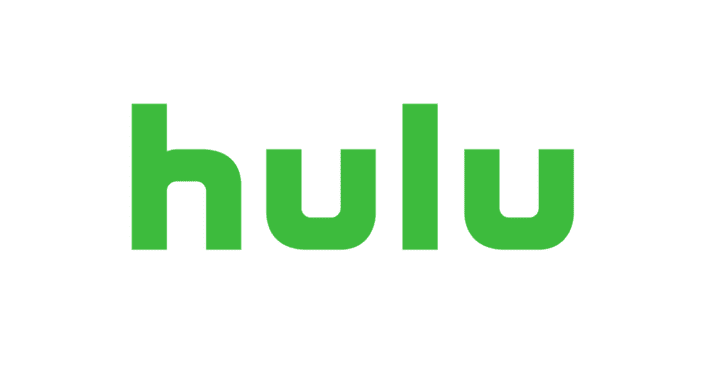In the last 10 years, Hulu seems to have touched half-heartedly every corner of the online streaming world from. At its inception, it was a platform that aired recent television episodes; years later it would become a temporary home to the entire Criterion collection, a cinephile favorite. Eventually Hulu became a subscription-only service that charged as much as Netflix, but offered a catalog only a fraction of the size, and still had commercials on most of its programs. Over the past two years, it has worked hard to earn credentials as a studio, even with its meager library of original content.
Hulu seems to have explored every possible avenue only to wind up smaller, more scattered than its competitors, and just as expensive. It looks like a streaming service mid identity crisis. And after watching a three-minute ad shoehorned inelegantly between a joke on a TV show, or finding that your favorite program is mysteriously no longer available, you might even start to think that Hulu is waging war against the idea of attracting and retaining subscribers itself. But you’d be wrong. Despite this appearance of total cluelessness, the company is home to visionaries who understand how people will watch television in the future.
While other streaming services are busy competing with the current state of cable, Hulu, unlike its competitors, has been building out its platform and its services in a way that anticipates the moment when digital platforms will be able to replace cable entirely and when subscribers will begin to rely more and more on their streaming services.
Which is to say: You don’t know it yet, but in five years, your main source of entertainment will be Hulu.
Over the last few years, viewers have started cutting cords with cable companies. By turning to services like Netflix, Amazon, and HBO Now for quality content, viewers who were once tied to overpriced bundles have been able to circumvent dealing with cable companies altogether. In addition to full streaming platforms, niche packages like MLB TV—which allows subscribers to pay a set fee and watch baseball on their devices—have helped contribute to this movement. There are entire online communities dedicated to cord-cutting—forums and threads with advice on how to get the shows one wants, how to stack services, how to mix and match. Cord-cutting still requires multiple subscriptions and a little ingenuity (including the time-honored practice of piggybacking off parents’s Amazon Prime accounts) in order to have access to the content you desire. No service has been able to bring cord-cutting to a single platform.
And yet, despite the growing cord-cutting movement—cable lost almost 400,000 subscribers in 2015—cutting the cord entirely is relatively rare, and relies largely on the recent rapid growth of Netflix and Amazon.











